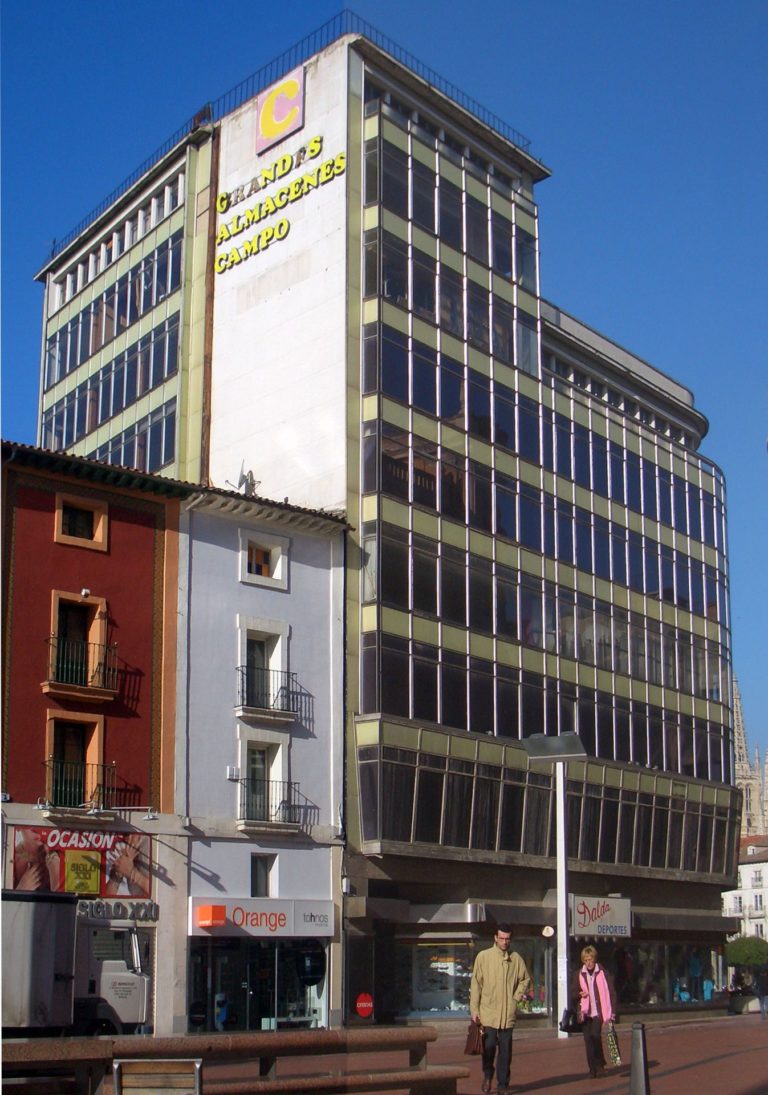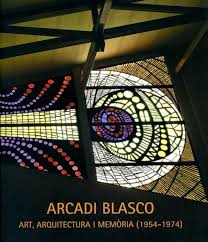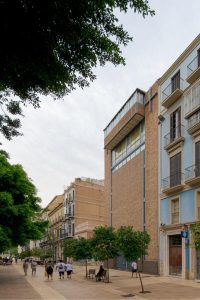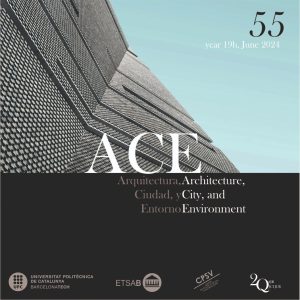Abstract
In 1955 Emil Kaufmann’s posthumous work (1891-1953), “The Architecture of the Enlightenment”, was published in which the historian, in the middle of the twentieth century, set the date of the end of the eighteenth century as a prelude to modernity, with great success, proposing a recovery of the theory of architecture, and cataloguing Boullée as a modern, revolutionary architect, whose antiornamental architecture represents a totally renovating approach to geometry, since it establishes the modernity of French architecture, introducing a change in the enormous size of the buildings. The discovery of the city of Rome in the United States through a journey made by the researcher establishes the thread of the thesis, in which he puts forward, through the inheritance of the travelogue, the hypothesis of apparent geometry, due to the moment in which both geometries are carried out, given that Boullée’s geometry was developed in the late eighteenth century, in the Enlightenment, and Kahn’s geometry in the twentieth century, in the midst of the Modern Movement. Boullée’s modern geometry incorporates a single condition of apparent modernity marked by the enormous size of his buildings, which constitutes a resemblance to a single façade, a single floor, a single section, as opposed to a chain of contradictions, in a Cenotaph Project that is opposed to a noncontradictory Kahn’s Exeter Library. The classical geometry of Louis I. Kahn emerges as a transfer received from The Enlightenment, as a classical architecture, timeless, based on the discovery of mass, of ruin, of the discovery of the city of Rome in the United States, which is embodied in a series of buildings that are shown as monuments, that remain exactly in the same place, embedded in the same nature for centuries, in a geometry of unstoppable quietness where silence rules.
Access the thesis











